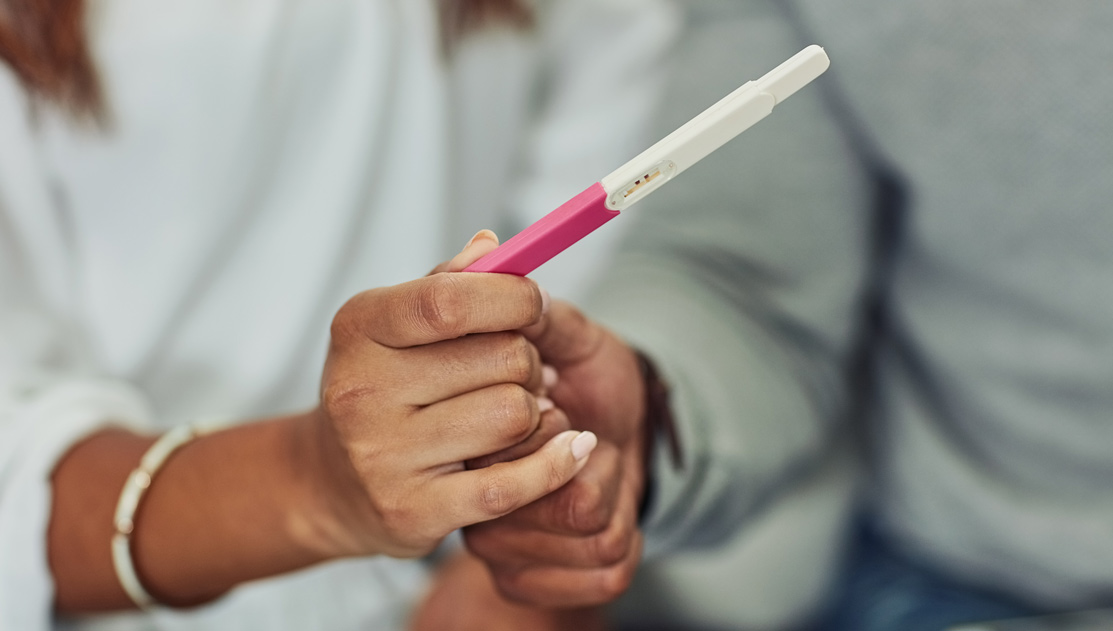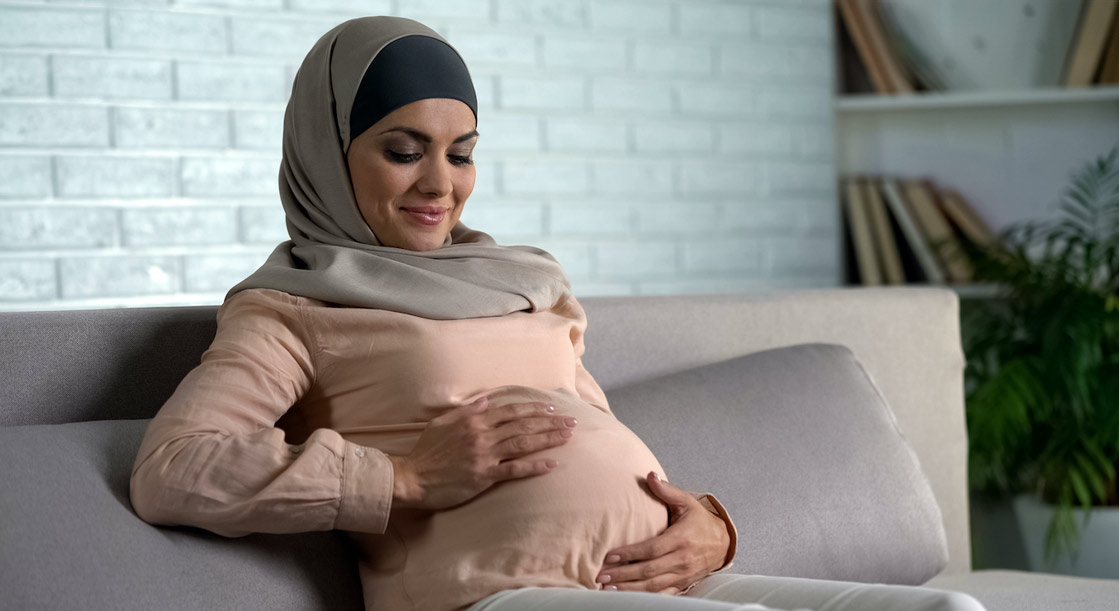Endometriosis and adenomyosis are both conditions that affect the lining of a woman’s womb and can impact fertility. Sadly, both conditions often go undiagnosed for a long time.
What are these conditions and how can they impact fertility? Here we break it down.
Endometriosis and adenomyosis: What are they?
The inner lining of tissue in a woman’s womb is known as the endometrium. Every month, this inner womb lining thickens and regenerates in preparation for conception. But if there is no pregnancy, once a month the uterus sheds this lining and a woman menstruates.
Endometriosis and adenomyosis are conditions in which this tissue (the endometrium) grows in places it is not supposed to.
In endometriosis, endometrium tissue grows outside of the womb and may reach other organs such as the fallopian tubes, ovaries or bladder. Endometriosis can make it difficult to fall pregnant.
With adenomyosis, endometrial tissue grows into the muscular wall of the womb, thickening it and distorting the blood vessels. This can create heavy, extended and very painful menstruation. It may also lead to pain during sex, and is associated with fertility problems. Unlike in endometriosis, the endometrial tissue doesn’t breach the uterus.
How can endometriosis affect fertility?
Many women with endometriosis can get pregnant. But in up to half of all cases, there will be problems with fertility.
There is no sole definitive answer as to how endometriosis causes infertility, but possible reasons include:
- Endometriosis can create scarring, making it hard for an egg to pass down the fallopian tube properly.
Both the endometriosis itself and its resulting scarring can change the ‘terrain’ of a woman’s reproductive organs and pelvis, making it trickier for the egg and sperm to make contact. - Endometriosis is sometimes associated with an irregular immune response to the embryo.
Endometriosis can generate a release of chemicals (Cytokines and others) that make the pelvic fluid hostile for gametes and embryos. - Endometriosis can be associated with faulty progesterone receptors that might affect embryo implantation and early pregnancy.
- In women with endometriosis, the womb lining is sometimes not sufficiently developed to carry a baby through pregnancy.
If you need to know more, we covered endometriosis and fertility in more detail in our blog post ‘How can I increase my fertility with endometriosis?’
Is adenomyosis a type of endometriosis?
No. Endometriosis and adenomyosis are similar but distinct disorders. They have some symptoms in common but they affect separate parts of the body. They may need different healthcare interventions.
However, some women do have both endometriosis and adenomyosis at once.
What are the symptoms of adenomyosis?
Adenomyosis is sometimes called a ‘silent’ illness because it may go undiagnosed for a long time. Sometimes it may cause no symptoms or very little discomfort. However adenomyosis may present with:
- Extended or heavy menstrual bleeding
- Severe menstrual cramps or sharp pelvic pain during your period
- Recurring pelvic pain
- Pain during sexual intercourse
- Pressure or sensitivity around your lower abdomen (due to an enlarged womb)
Is adenomyosis a serious condition?
Thankfully, adenomyosis is not a life-threatening condition. However the pain, heavy bleeding and possible complications of adenomyosis may affect a woman’s quality of life and create a lot of stress.
What happens if adenomyosis is left untreated?
Adenomyosis is generally a progressive condition, meaning it may get worse over time if left untreated. For example, pain may become more severe and frequent.
What is the best treatment for adenomyosis?
Adenomyosis affects women differently and the best treatment for you can be determined not only by symptoms but also age (adenomyosis often disappears following the menopause), prior treatment attempts, preferences regarding surgery, and whether you might wish to have children. Treatments for adenomyosis include:
- Anti-inflammatory medications and painkillers such as ibuprofen. Sometimes doctors will suggest beginning the anti-inflammatories a couple of days prior to your period and during menstruation, to alleviate pain and reduce the bleeding.
- Hormone treatments – for example the combined oestrogen-progesterone pill or hormone patches. A progesterone intrauterine contraceptive device (coil) or continuous progesterone birth control pills can stop menstruation, which may alleviate adenomyosis symptoms.
- Non-hormonal medicines for example tranexamic acid to lessen menstrual bleeding.
- Hysterectomy – If other treatments have been ineffective and your pain is severe, your doctor may recommend having your uterus removed. A hysterectomy is the most effective treatment for adenomyosis symptoms. Obviously undergoing this procedure would preclude having any future biological children, so this is something very important to consider.
- Uterine artery embolization – an intervention in which miniscule particles are introduced into blood vessels through a catheter in the groin, with the aim of obstructing the blood supply to the adenomyosis, encouraging it to shrink.
Adenomyosis and fertility
It can be difficult to establish the extent to which adenomyosis affects fertility, for reasons including:
- The relationship between adenomyosis and fertility still needs further study
- Many women with adenomyosis tend to be older
- Many women with adenomyosis also suffer with endometriosis, uterine fibroids or polyps, all of which can affect fertility
However, a recent meta-analysis determined that adenomyosis has an unfavourable effect on IVF outcomes. The study found that rates of pregnancy per cycle and per embryo transfer, successful embryo implantation, continuing pregnancy and live birth were markedly lower in adenomyosis sufferers than those who didn’t have the condition, even after controlling for confounding factors like age. Miscarriage rates were also higher in adenomyosis sufferers.
Dr Anu Chawla, Fertility Consultant, says: “Despite the extra challenges that adenomyosis may present, careful investigation and exacting treatment can result in success. Here at The Fertility and Gynaecology Academy, we specialise in dealing with complex cases and have helped countless couples who’d previously experienced IVF failure and repeated miscarriage to finally achieve their dream of a baby.”
If you suspect you may have endometriosis or adenomyosis, or are concerned about your fertility, call us on 020 7224 1880 or email info@fertility-academy.co.uk.







